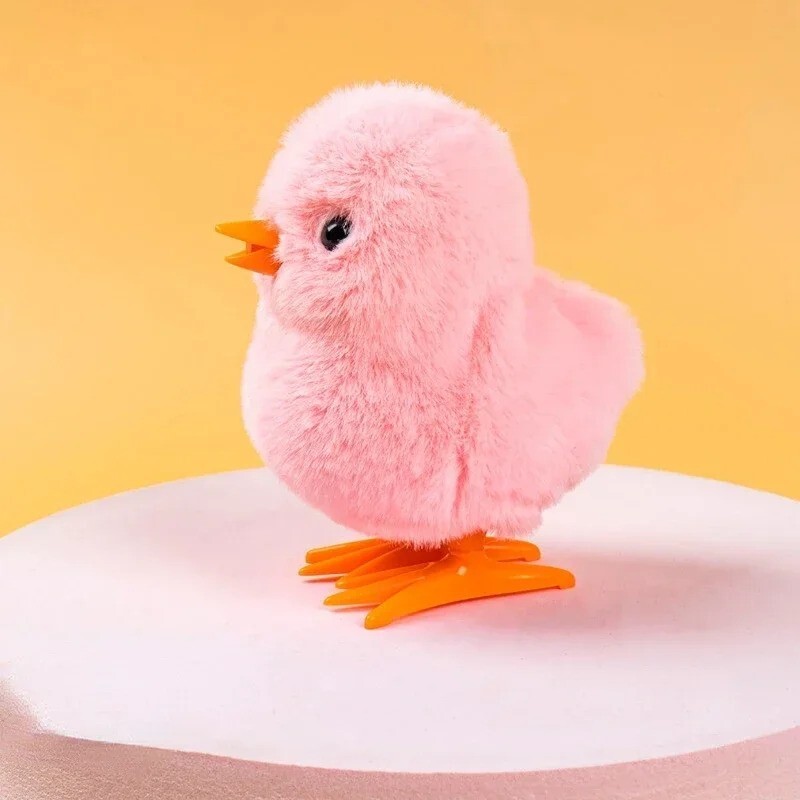The Golden Age of Mechanical Toys

The 1920s-1950s: Peak of Innovation
The period from the 1920s to the 1950s represents the golden age of mechanical toys. During this era, manufacturers competed fiercely to create increasingly sophisticated and entertaining wind-up toys. The Yellow Jumping Chicken emerged during this period, benefiting from decades of accumulated knowledge and refined manufacturing techniques.
This era saw the development of complex mechanisms that could produce lifelike movements in animal figures. Toy makers experimented with different spring configurations, gear ratios, and movement patterns to create toys that were both entertaining and mechanically impressive.
Manufacturing Excellence
The manufacturing process during this period involved skilled craftsmen who assembled each piece by hand, ensuring quality and attention to detail that is rarely seen in modern mass-produced items. Each toy was essentially a small mechanical marvel, combining precision engineering with artistic design.
This level of craftsmanship is what makes vintage mechanical toys so valuable to collectors today. They represent a time when toys were built to last, with quality materials and construction methods that ensured decades of reliable operation.